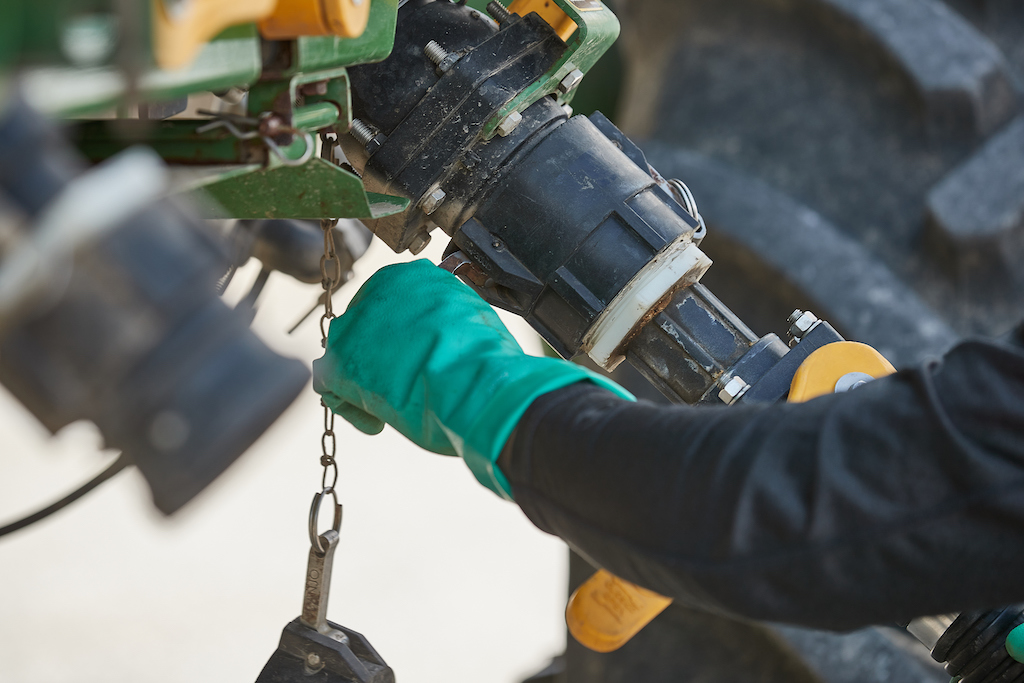Tripleflex II Herbicide
HerbicideTripleFLEX® II herbicide is a premix of acetochlor, flumetsulam and clopyralid. This product contains three modes of action for control of weeds resistant to ALS, glyphosate or triazine. It provides broad-spectrum control of key grass and small- and large-seeded broadleaf weeds – without atrazine. With a flexible application window, TripleFLEX II can be applied preplant, pre-emergence and postemergence in corn up to 11 inches.
Approved In
AL, AR, CO, DE, GA, IA, IL, IN, KS, KY, LA, MD, MI, MN, MO, MS, NC, ND, NE, NH, NJ, NM, NY, OH, OK, PA, SC, SD, TN, TX, VA, VT, WI, WV, WYLabels / Safety Data Sheets (MSDS)
